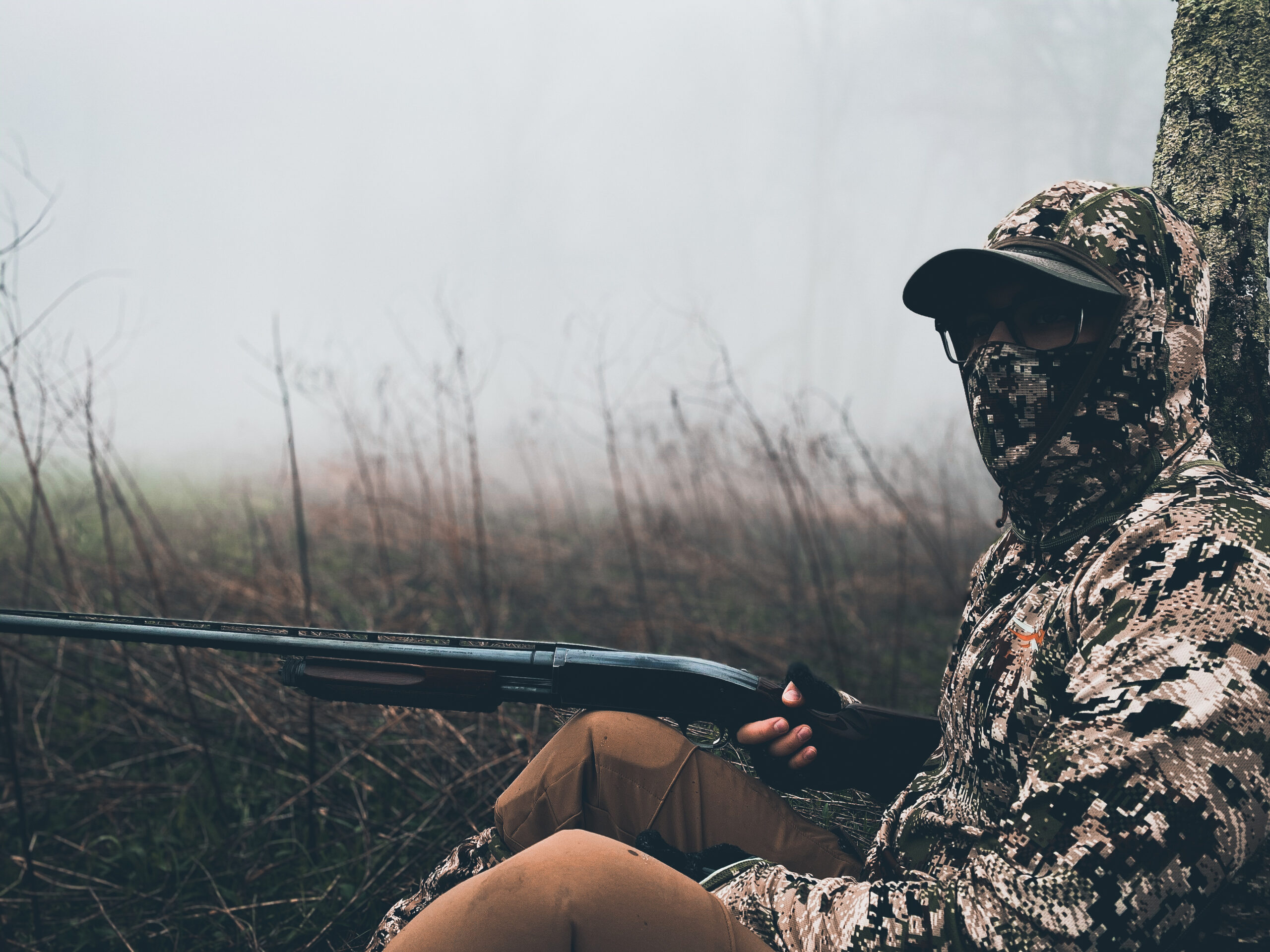I always feel funny reading and writing preparation stories. Hunting is such a subjective thing that anything I write can either be taken as elitist by some or penny-pinching to others. But, for those who are new to hunting, I hope to share what knowledge I have to help them get a good jumpstart on different seasons.
This time around, I tackle one of the best times of the year: Spring gobbler season.
This is my third turkey season, so I don’t have all the best tips on chasing turkeys but I do know basic information to share. First, let’s talk about habitat.
Like all wildlife, diverse habitat is crucially important to sustain healthy populations. In West Virginia, last time I checked, we don’t have great forest diversity, but it’s getting better. According to the National Wild Turkey Federation, there are a few ecosystems that are optimal for wild turkey: riparian zones, oaks and grasslands, pine savannas and forest clearings/pastures.
A majority of West Virginia’s public lands offer many great opportunities to find gobblers both in riparian zones as well as oak and grassland ecosystems. In Mon County alone, Snake Hill and Little Indian Creek WMAs and Coopers Rock State Forest offer some of the best habitat and, therefore, hunting opportunities.
Once you understand the basics of habitat, you’ll know what to scout for in the preseason. I’ve talked about the importance of scouting in previous notebook entries, and this is no different. Sometimes you can’t get boots on the ground for a new spot, which is why e-scouting is the next best step. Google Earth has worked for me, but my go-to is the GPS mapping system, OnX. It’s inexpensive to buy a premium subscription which gives you access to all 50 states’ private and public lands database, and with new features coming out all the time, like 3D maps, it’s a great tool to show you what you’re getting in to.
This year alone, I’ve been able to pinpoint four new spots in the Monongahela National Forest that I plan to hit in the early season and will be looking for other spots in the George Washington and Thomas Jefferson National Forests and on western and central Maryland public lands. Being able to do this from the comfort of my home office is worth the small cost.
Finally, I’d like to talk about the importance of updating camouflage and other gear. This is easily the most subjective part of this entry, and I’m not going to tell you one brand of camo is better than the other. I prefer First Lite because of their merino wool gear, but in my first two years, I used Sitka and Under Armour for other reasons. The most important thing is to wear what you like, what’s warm and make sure you pack good rain gear in case a mid-morning storm rolls through.
Same thing with your shotgun or bow. In my first two years I used a Browning BPS 12-gauge pump I was borrowing from my girlfriend’s dad, this year I’m going to use a Beretta A300 Outlander. I know some people who use their side-by-side or over-under, and I know others who use the family single-shot 12-gauge they’ve been using since they were a teenager.
As for calls, I’ve been a pot-call sycophant the last two years but am going to give mouth calls a try this year. I’ve never been able to work a mouth call, either because it set off my gag reflex or I couldn’t get the thing in the right place to work, but I’ve been practicing with a new Phelps beginner call and I can’t wait to use it for the first time this year.
Different gear provides different things; different gear has different pros and cons.
The last thing I want to leave you with is this: we all develop as hunters differently, so don’t compare yourself to a 20-year turkey veteran or even a 2-year newcomer like me. It doesn’t matter how many birds you kill throughout your hunting life; what does matter how much fun you have, and how many memorable hunts you have. And don’t give up if you don’t get a bird – I’ve been on plenty and have yet to kill one.
I’ll never forget pushing my luck along the Mon River at Snake Hill, then finding out my pack out was going to be a 2-hour trek back up the mountain, the same way I came in, in a rainstorm, because the heath thickets were too dense. Better yet, the bird I was chasing escaped. Before my hike back, I took a break underneath a large boulder, sheltered from the rain, to eat my lunch. I never leave on a hunt without my backpacking cook kit and a bag of food, just in case. Those biscuits and gravy hit differently at that moment but gave me some solace despite my disappointment.
So get your preparations in and learn the rules and regulations. Season’s open will be here before you know it.
TWEET @andrewspellman_




